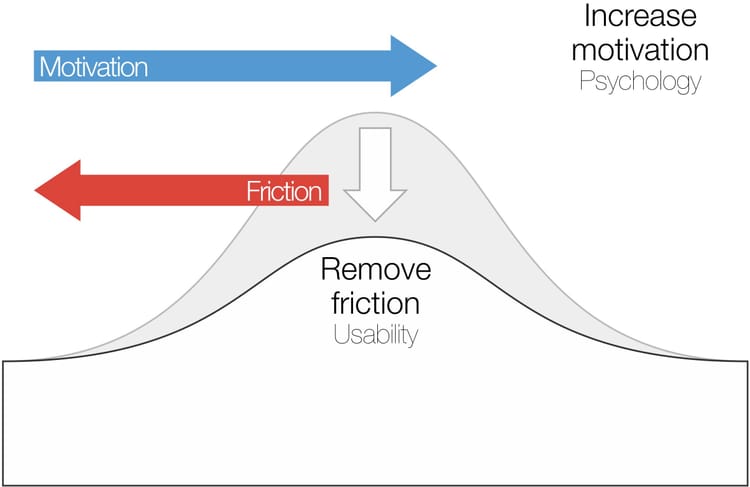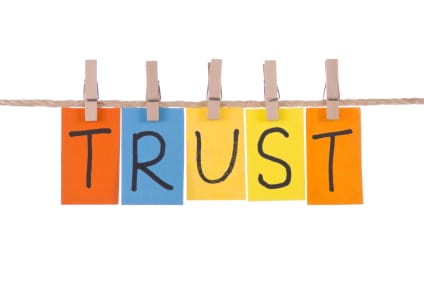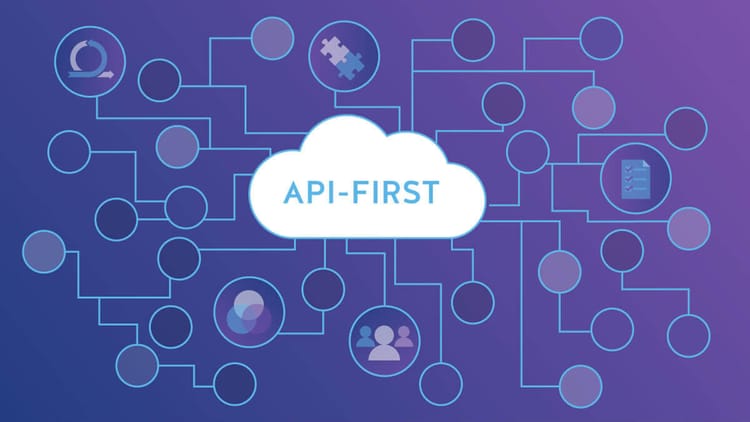15 Lessons from 15 Years in Enterprise Partnerships

Building successful enterprise partnerships requires a blend of vision, resilience, and the ability to learn and adapt. Over the past 15 years in enterprise partnerships, I’ve seen trends rise and fall, strategies succeed and fail, and relationships soar or sputter based on often small but impactful decisions. Here are the 15 most important lessons I've learned, backed by real-world examples.
1. Partnerships Need to Be Accretive to Your Business Model
Simply put, successful partnerships must add value, not just noise. The best alliances bring a compounding effect to your business—whether that’s customer acquisition, product stickiness, or market share. They must also amplify your business model, not create friction with it. Consider Slack's partnerships with companies like Salesforce and Google Workspace. Integrating their messaging platform into these ecosystems didn’t just serve Slack's immediate customers but deepened overall value, making Slack indispensable within the productivity stack. Ask yourself: is your partnership creating tangible, scalable value, or just adding complexity?
2. Changing User Behavior is Hard
Humans are creatures of habit. In enterprise partnerships, the tendency to try and transform behavior too quickly can lead to frustration. Look at Microsoft Teams' initial struggle to convince entrenched Skype for Business users to switch. Only when they created a deep integration into Office 365 workflows did change occur. Avoid uphill battles when you can; instead, align your offering with existing workflows to foster adoption.
3. You Can Deliver Bad News to a Partner as Long as a Path to Green Exists
Transparency and trust are cornerstones of every healthy relationship. If you must convey setbacks or issues, also lay out a plan forward. It shows you are being proactive and working to meet the agreed commitments.
4. Partners Need to Feel a Sense of Urgency From You
Speed and responsiveness communicate commitment. In a fast-paced market, dragging your feet can damage even promising relationships.
5. Paint Realistic, Not Optimistic Pictures—Internally and With Partners
Over-promising is a recipe for disappointment. Be candid about timelines, outcomes, and risks. Under-promise and over-deliver.
6. Focus on Relationship Depth With Your Peers
Success in partnerships often depends on the strength of personal relationships. People do business with those they like and trust. Deep connections mean open dialogue, creative brainstorming, and weathering storms together.
7. Be an Energy Multiplier
Optimism and passion are contagious. Enterprise work can be slow, bureaucratic, and full of setbacks; bringing energy and enthusiasm makes a huge difference.
8. Do One Thing Really Well With Any Integration
Focus beats breadth. Trying to do too many things simultaneously leads to mediocrity. Start with clarity, scale with success.
9. Be Patient. Big Things Take Time
Enterprise partnerships are complex and rarely unfold overnight. When Apple began talks with major U.S. credit card companies for Apple Pay, it took years of negotiations to nail down terms and ensure seamless integration. Perseverance and incremental progress are key—each step builds trust and momentum toward a more meaningful outcome.
10. Early to a New Ecosystem is an Advantage
Pioneering ecosystems—whether that’s AI, blockchain, or quantum computing—brings immense rewards. Stripe's early entrance into developer-friendly APIs for online payments won them massive market share. Timing matters; early participation creates thought leadership, innovation, and an irreplaceable seat at the table.
11. Innovation = Failure Accelerated
Innovation demands trial, error, and more error. Great partnerships accept a high learning curve and can fail forward together. Amazon’s Alexa partnerships learned this through early stumbles with voice integrations. However, relentless iteration turned Alexa into a central voice-driven ecosystem, thriving through continuous improvement.
12. Issues Are NOT Like Wine—They Do NOT Improve With Age. Escalate Early
Don’t wait to address partnership issues. Delaying escalations turns small fires into uncontrollable blazes.
13. Always Move Faster Than Feels Comfortable
Speed, when balanced, creates competitive advantages. Airbnb rapidly scaled its partnerships with cleaning services and other logistics providers during the COVID-19 crisis by moving quicker than their comfort zone dictated. Rapid changes preserved trust and usability, showcasing bold decision-making.
14. Input-Goals (Leading Indicators) and Output Goals : Measure Both
KPIs can be deceiving when not rooted in reality. Understanding input goals—activities like outreach and engagement—matters just as much as output goals like revenue. In partnerships with SaaS providers, measuring meeting cadence, developer engagement, and other leading metrics often showed the health of a partnership before tangible outcomes.
15. Storytelling is Important in a Partnership
To inspire, partners must hear a compelling narrative that connects their goals with yours. Storytelling clarifies purpose, aligns efforts, and makes even technical integrations meaningful.
These lessons aren’t exhaustive but represent some tips for building and sustaining enterprise partnerships. From transparency to execution, staying focused on the principles outlined here will help you unlock deeper value for your customers, partners, and business.
“One way to learn to do something right, is to do something wrong. Failure must teach us, or surely success will not reward us.” – Jim Rohn
If you enjoyed this piece, please share it. Thanks. 🙏




